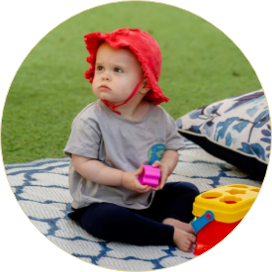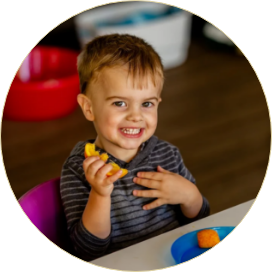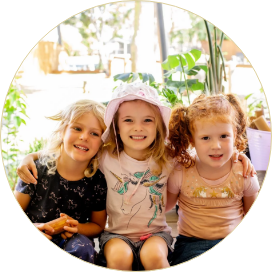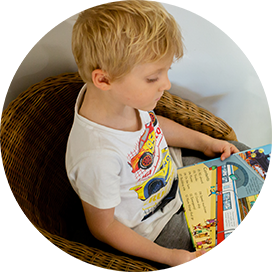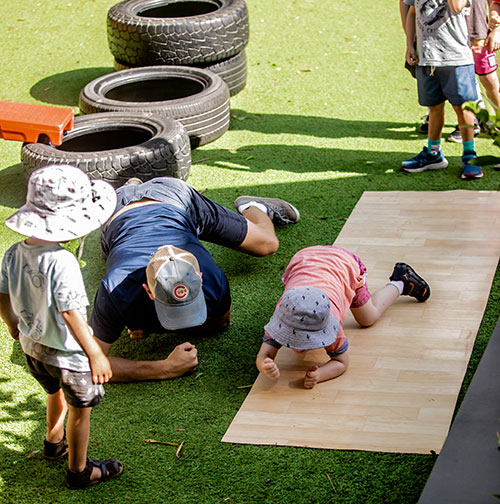Curriculum
Learn about Montessori in our free guide
The Prepared Environment
“The first aim of the Prepared Environment is, as far as it is possible, to render the growing child independent of the adult.”
A Montessori learning environment is prepared to facilitate the child learning through their own activity. The Montessori Prepared Environment has three equally important components – the children, the trained adult, and the environment (physical surroundings including Montessori designed materials). Montessori learning environments are prepared to be beautiful, ordered and to provide opportunities for children to engage in purposeful work under the guidance of a trained educator. The Kotara Montessori Prepared Environment is characterised by:
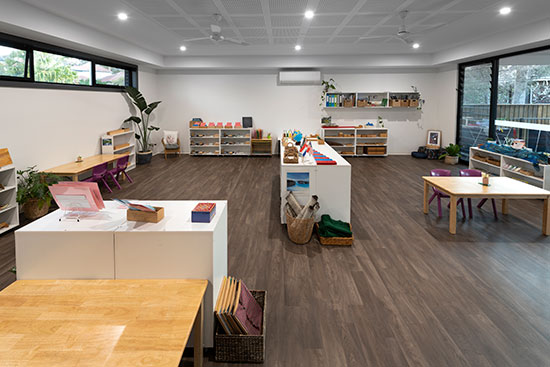

The Physical Environment
“The child should live in an environment of beauty”
It is the environment that engages, inspires and invites each child. From the moment you step inside our environment you will notice it is calm, orderly and visually attractive, filled with materials and activities that are real life, purposeful and engaging. Activities are displayed on open shelving accessible to the children. Our activities are specifically chosen and matched to the developmental stage of the children in our environment. Our physical environment includes both the indoor and outdoor space, complementing one another, and available to the children at the same time.
The Social Environment
“The love of the environment is the secret to social evolution”
We offer multi-age groupings for children, very similar to family life. Our age groups consist of 6 – 18 months (Nido), 18 months – 3 years (Bambini) and 3-5 years (Preschool). Children are not separated from each other based on age. Children are together for 2-3 years creating a sense of caring, social, cohesion and responsibility for each other and their environment.


The Time Environment
“Only through freedom and environmental experience is it practically possible for human development to occur.”
Our day is made up of large blocks of uninterrupted time inside and outside. This enables our children to follow their interests without being hurried or interrupted and to develop concentration.
The Emotional Environment
“Order is one of the needs of life which, when it is satisfied, produces a real happiness.”
We provide our children with an order and stability – a predictable environment. This allows our children to develop a sense of wellbeing and belonging.
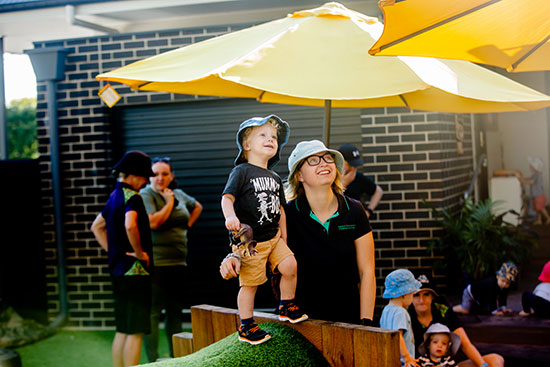
“Education is a natural process carried out by the child and is not acquired by listening to words but by experiences in the environment.”
– Maria Montessori
Learning Areas
The resources and activities in the Montessori Environment are organised into five main areas: Practical Life, Sensorial, Language, Mathematics and Culture.
Practical Life
“Help me to do it myself.”
The Practical Life curriculum teaches children how to perform everyday living skills that will enhance their independence. Children learn how to pour and use different utensils, prepare and serve food, care for themselves and their environment. The practical life area provides a positive link between home and school. Our children use real, functional and child sized tools to perform the same tasks they have seen adults do; pouring, sweeping, scrubbing, polishing.
All activities in the Montessori Practical Life curriculum exercise finger muscles and develop fine motor skills. Practical Life encompasses four main areas: care of person, care of environment, grace and courtesy, and control of movement. The purpose of the Practical Life activities is to improve concentration, coordination, control, independence and order – which lay the foundation for learning in all other areas.
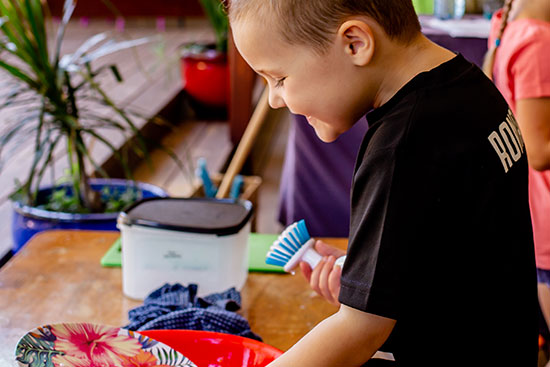
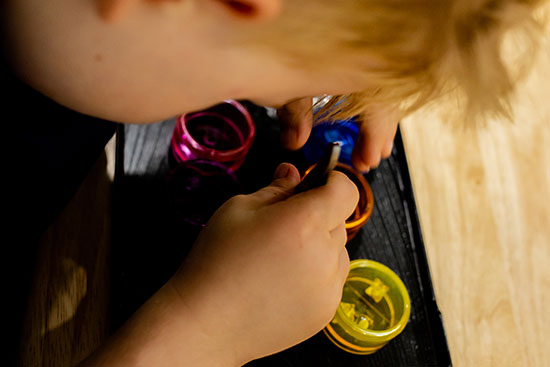
Sensorial
“Nothing comes to the intellect that is not first in the senses”
The Montessori Sensorial curriculum promotes the development and refinement of the five senses. Children learn through their senses and all materials in a Montessori environment provide learning through touch, taste, smell, sight, hearing or hands-on manipulation.
The Sensorial materials and curriculum create a method of learning through the senses and an introduction to the Montessori Mathematics curriculum. Children enjoy sharing Sensorial exercises especially around the age of three and four. Some examples of sensorial learning activities are sorting objects, matching colours, matching same tastes or same smells.
Language
“When the child begins to think and to make use of the written language to express his rudimentary thinking, he is ready for elementary work; and this fitness is a question not of age or other incidental circumstance but of mental maturity”
Maria Montessori did not believe that reading, writing, spelling and language should be taught as separate entities. Oral language acquired since birth is further elaborated and refined through a variety of activities such as songs, games, poems, stories and classified language cards.
Indirect preparation for writing begins with the Practical Life and Sensorial exercises. Muscular movement and fine motor skills are developed along with the ability of the child to distinguish the sounds which make up language.


Mathematics
“Children display a universal love of mathematics, which is par excellent the science of precision, order, and intelligence”
Learning mathematical concepts in a Montessori environment begins using concrete materials and progresses towards the abstract. They are developed from simple to complex.
Mathematics materials are beautifully designed and developmentally appropriate. Order, coordination, concentration and independence are experienced by the child using these materials.
Culture
“We shall walk together on this path of life, for all things are part of the universe and are connected with each other to form one whole unity.”
The cultural area of the Montessori Curriculum covers a variety of subjects including Geography, Science, Botany, Zoology, and History, as well as Art and Music.
The Culture Curriculum provides a wide array of activities including learning about the continents of the world and their uniqueness, including animals and habitats. Montessori Culture activities include pictures of the places and people of the continents, books and flags of the world. Children learn the names of the continents, oceans, and countries of the world. They learn through hands-on materials such as puzzle maps of the world. Montessori Culture activities help to inspire a love of learning and offer children a new perspective of the world. Children’s eyes light up with the Montessori games and activities that explore far off lands, providing their imagination with more places to explore and countries to visit in the future.

Montessori Teaching Method
“But if an adult if he is to provide proper guidance, must always be calm and act slowly, so that the child who is watching him can clearly see his actions in all their particulars.”
Overall what makes our method of learning so different compared to the conventional form of education, is that the teacher does not stand in front of the class and teach each child the same lesson all at once. Each child is allowed to learn at his own pace in a way where he or she feels as though he or she is in fact not learning or being taught.
Maria Montessori called this way of teaching “preparing the child for success.” The teacher is there to guide the child through small exercises in which the child succeeds. Through time, the exercises rise in difficulty but because the progression is so well thought out, the child never feels as though learning is a struggle.

